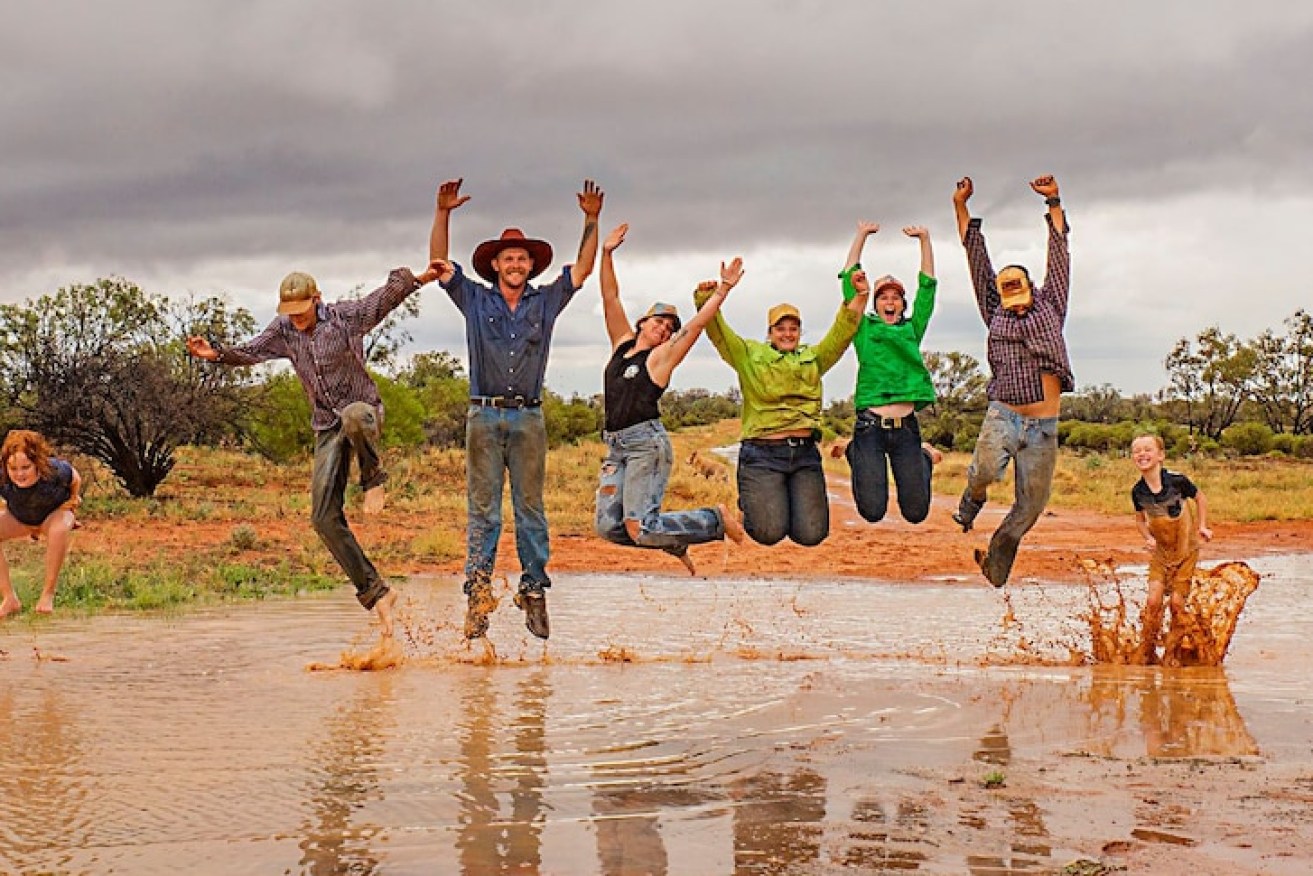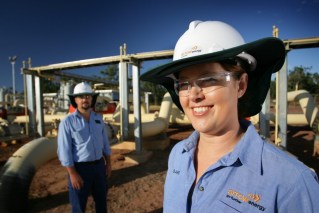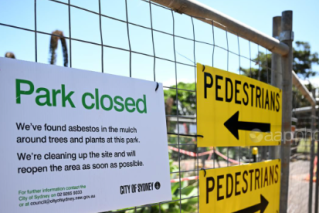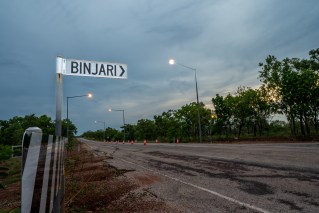Country drenching a ‘game-changer’, but still no drought-breaker
Run-off from Queensland’s autumn deluge is filling Stanthorpe’s main dam, bringing relief to a parched community, while landholders celebrate big totals across the state.


Pictured from 2021, farming families rejoice as rain drenches properties at Bulloo Downs near Thargomindah.(Supplied: Mazzle Dazzle Photography)
Southern Downs regional mayor Vic Pennisi says Stanthorpe is on the cusp of ending ‘trucked-in’ water supplies that have kept the town’s taps running since January last year at a cost of $800,000 a month to the Queensland taxpayer.
To meet the daily 1.3-million-litre requirement, 14 vehicles have been carting 42 truckloads of water from Connolly Dam near Warwick to Stanthorpe’s Storm King Dam, in a 130-kilometre round trip.
With the town’s Storm King Dam nearing 30 per cent of its capacity today, and more than 100-150 mm forecast to fall over the next 24 hours, Pennisi is optimistic his council will be able to call a halt to the emergency operation “sometime in the next 10 days”.
With his council due to meet tomorrow, he told InQueensland that easing water restrictions was also another priority, with local residents currently bound by limits of 120 litres per person per day.
At the dam’s current levels, Pennisi is confident that residents who draw from the dam will have six months’ supply in store.
“Every drop still counts at the moment,” he said.
“Southern Downs has been feeling the stress of drought for quite some time. It might not rain dollars but it does rain hope.
“This breathes fresh air into all Queensland communities who are receiving this rain.”
At The Summit, about 10 kilometres north of Stanthorpe, Tania Paget told the ABC she had tipped 84mm out of her gauge at 6am, and has already recorded another 29mm.
“It’s been fairly heavy, consistent rain throughout the night,” she said.
“[The tanks are] all full and overflowing now so that’s really wonderful.”
Paget breeds stud cattle and has been forced to hand-feed them for nearly four years, as well as cart in water for her family’s use, due to the drought.
Goondiwindi Mayor Lawrence Springborg said it was the best rain the region had seen in years.
“[Last night] I said to my wife, ‘I’m going to go and lie in bed and listen to the rain on the roof because we haven’t done that for a long, long, long time’,” he said.
“I just hope that everyone gets their chance right across the region.”
In State Parliament today, Premier Annastacia Palaszczuk said it was particularly pleasing to see water flowing into Stanthorpe’s Storm King Dam.
“I know that is a very big issue around Stanthorpe and Warwick. I am advised that at this stage forecasts are unlikely to require releases from Wivenhoe, Somerset or North Pine dams.”
Elsewhere across the state landholders are celebrating healthy totals, which in some cases have caused local minor flooding and dams to spill after breaching 100 per cent capacity.
In southeast Queensland, Wivenhoe Dam, Brisbane’s main water reservoir, which at noon today was at 36.8 per cent of its capacity, currently classified as full by its operator SEQ Water at 90 per cent due to ongoing works.
Other dams in the south east, particularly in the Gold Coast hinterland, including Little Nerang and Hinze dams, are overflowing.
South of Brisbane, residents at Beaudesert are on flood watch, with a major alert in place for the Logan River, and a moderate flood warning for the Albert River.
Authorities say the Logan River at Beaudesert was at 7.32 metres and rising this morning with the river level expected to exceed the major flood level of 8.30m at some stage today, as reported by the ABC.
A severe weather warning is also in place for heavy rainfall for people in parts of the Darling Downs, Granite Belt and south-east coast districts.
The Bureau of Meteorology (BOM) warned there was a “serious risk” of potentially “life-threatening” landslips in steep terrain.
Despite the weather reprieve, peak state farming organisation AgForce has been reluctant to use the term “drought-breaking” to describe the falls.
CEO Mike Guerin said it appeared districts closer to Rockhampton had missed out, but most regions from the southern parts of the state, through central, western and northern Queensland had received strong totals from the current rain event and earlier falls through late summer to early autumn.
“I think there will be some districts that will have their drought declarations removed off the back of this, but it’s too early to make the call on what this means for those people who have been enduring drought long term,” he said.
Guerin said for grain growers on the Darling Downs and central Queensland, the most recent falls had been a “game-changer”.
“Particularly further north into central Queensland where they don’t get the frosts so much, they can plant later on a full moisture profile.
“The feedback I’m getting is that a very powerful winter cropping programme will be getting under way once the skies clear.
“For the grazing industry, we’re going to continue seeing more producers hold onto their breeding stock to take advantage of the natural grass growth. That means prices holding up for those producers who have cattle to sell.
“It’s hard to see any region over the next 12 months not making the most of the opportunities from this rain.”












